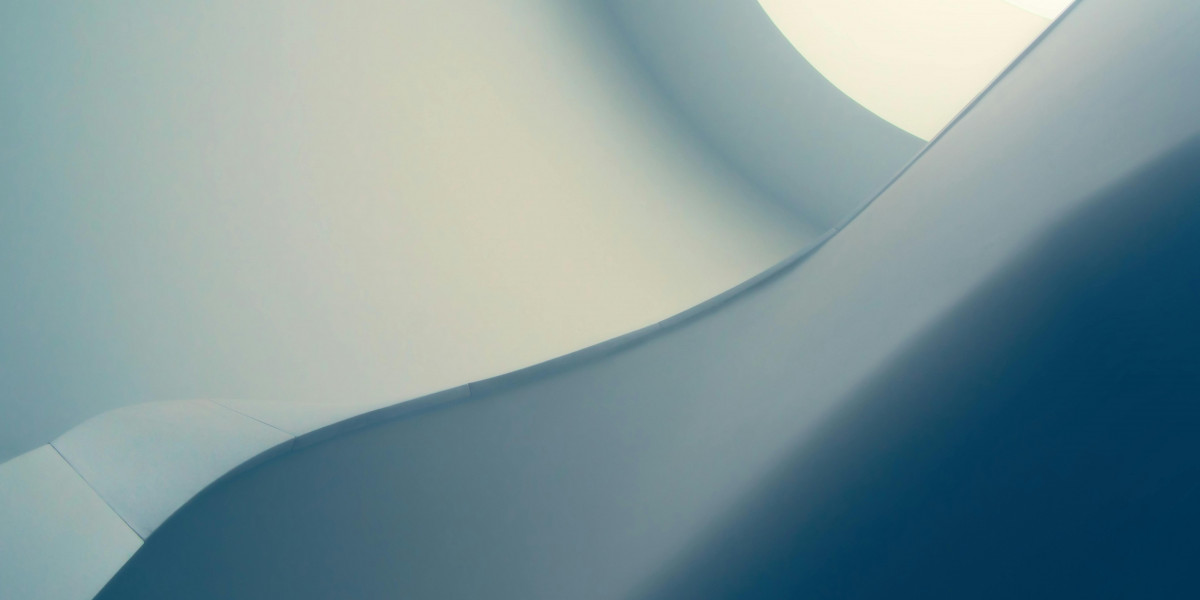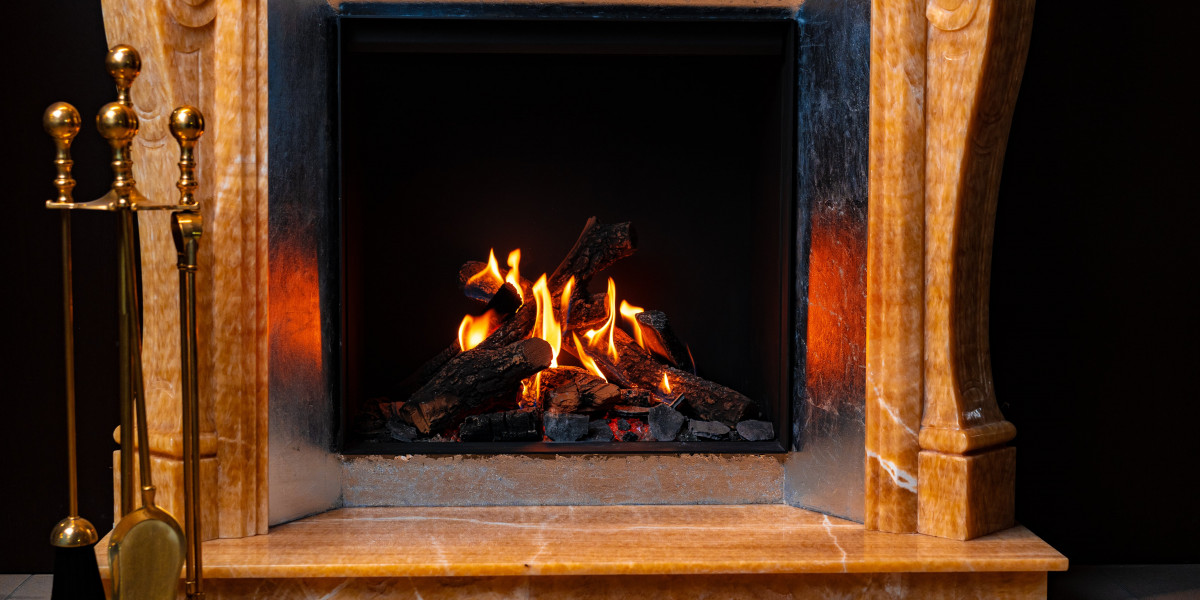Mammography available at: Auburn, Burwood, Campsie, Norwest, Pennant Hills, Rouse Hill & Strathfield
3D Tomosynthesis Mammography available at: Campsie, Norwest, & Rouse Hill
A Mammogram is an x-ray examination of the breast taken with a specialised device that compresses the breast to maximise image quality. A mammogram can aid in detecting any lumps in the breast and determine whether the lump is part of glandular tissue, a cyst or a lesion.
Overview
Medical Imaging Australia offers expert care by compassionate female radiographers. Our mammography room is designed for comfort and privacy to make the procedure as relaxing as possible.
Preparing for a Mammogram
Please bring your referral (letter from your doctor) and your Medicare and/or Pension Health care card to your appointment. Bring all previous mammograms and reports along with you. Please be on time to ensure that there is enough time available to perform the procedure.
It is recommended that you wear two-piece clothing. Some toiletries can produce unusual appearances on the films, so please do not use deodorant or talcum powder on the day of your mammogram.
Please inform the radiographer prior to the examination if you are or if you suspect you may be pregnant.
Scanning
To see the breast tissue with mammography, your breasts will need to be firmly compressed for a few seconds. This can cause some discomfort, but is essential to obtain clear images. The discomfort is momentary and is generally well tolerated. If your breasts are particularly tender on the day it might be wise to delay the test until your symptoms settle — you should discuss this with our staff.
Views are taken from several angles to ensure complete coverage of both breasts. The images are then reviewed by a radiologist. It is not uncommon to need further views. Although each image takes only a moment, the whole procedure can take 15 to 20 minutes to complete. Your mammograms will also need to be compared with any previous mammograms. This comparison is an extremely important component of the test so please remember to bring previous mammograms with you.
Often a mammogram is supplemented by a breast ultrasound examination. This will be used to obtain more information and prevent a delay in diagnosis.
Results
We understand that some patients are anxious about having tests performed. If you do have any questions or concerns, please do not hesitate to ask our staff.
FAQs:
Will my mammogram be painful?
In the few seconds in which the breasts are compressed you may experience some discomfort. If your breasts are particularly tender on the day, please advise our staff. We may recommend waiting until your symptoms settle.
How long does the examination take?
The whole procedure can take 15 to 20 minutes to complete.
Does compressing the breast do any damage?
For most women, compression causes discomfort for merely a few seconds. It is very rare to experience bruising to the breast following excessive compression as our staff are highly experienced and adjust their technique to each individual patient.
Can I have a mammogram if I am breastfeeding?
A mammogram is not contraindicated if you are breastfeeding but may cause slightly more discomfort. Expressing or feeding before your mammogram is recommended for your comfort.
Can I have a mammogram if I have implants?
Yes, mammography is generally safe for women with implants.
There is an extremely small chance that the pressure placed on the implant by the mammography machine could cause the implants to rupture or break. Our staff are highly trained in performing mammograms on patients with implants.
It is important to notify reception when booking in your mammogram that you have implants. If you have any questions or concerns, please do not hesitate to contact us.
Why do I need an ultrasound as well as a mammogram?
Often a mammogram is supplemented by a breast ultrasound examination. This will be used to obtain more information and prevent a delay in diagnosis.
Is a female performing my mammogram?
Yes. One of our highly trained and compassionate female radiographers will be performing the mammogram in a comfortable and private room.
What if a lump is found?
Depending on the results of your test your doctor may ask for a biopsy. This can be performed using either ultrasound or mammogram. Your referring doctor and the radiologist will decide on the most appropriate imaging technique to target the area of interest in the breast. Our radiologists and technical staff are experienced in breast biopsy, with the procedure generally well tolerated. For more information on biopsies please see Image Guided Biopsy.
Will the radiographer performing my scan tell me what’s wrong?
It is the radiographer’s duty to perform the test and ensure the images are of high quality for the radiologist (specialist) to interpret them.






